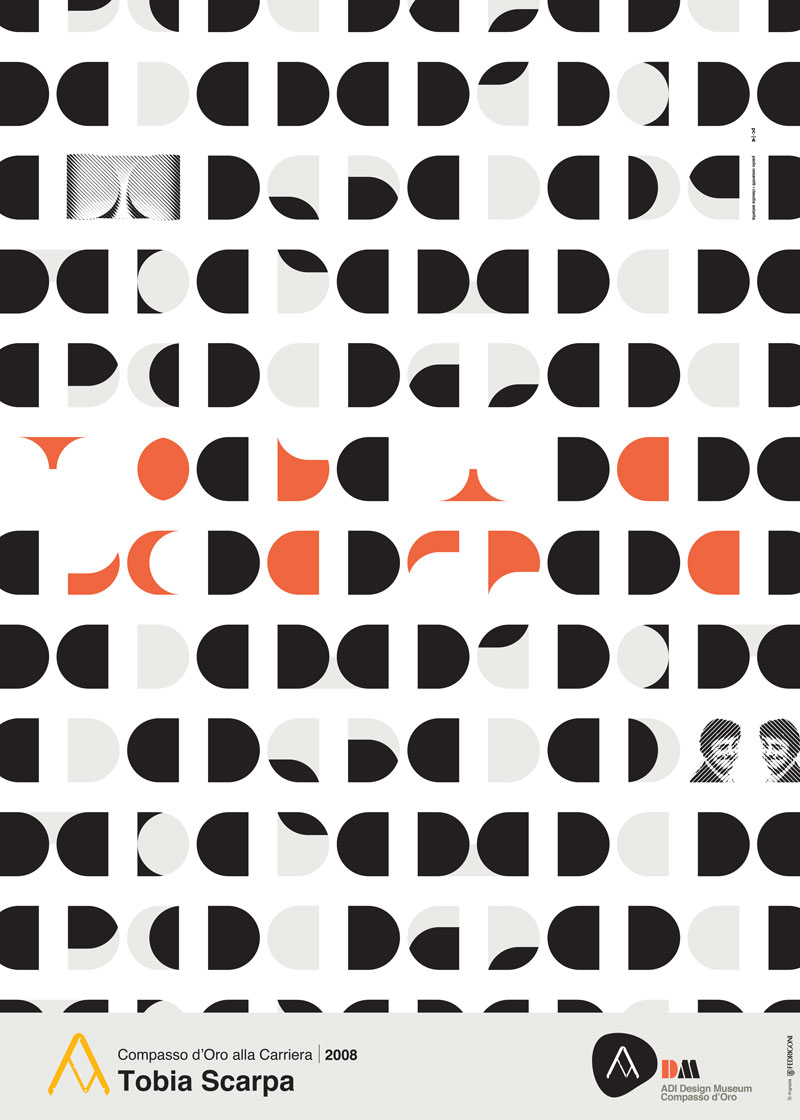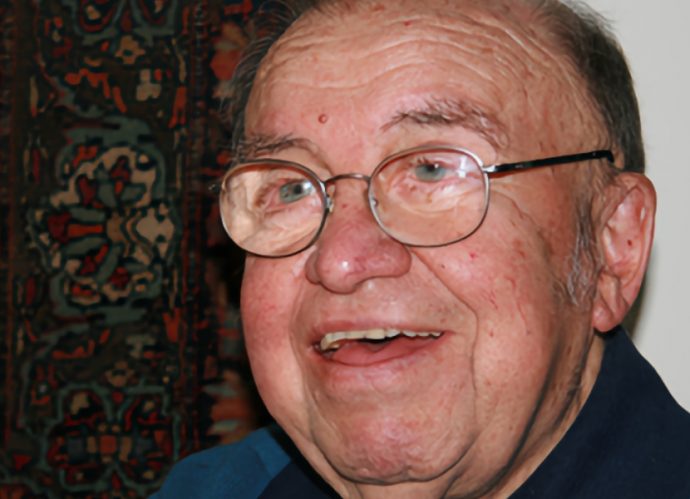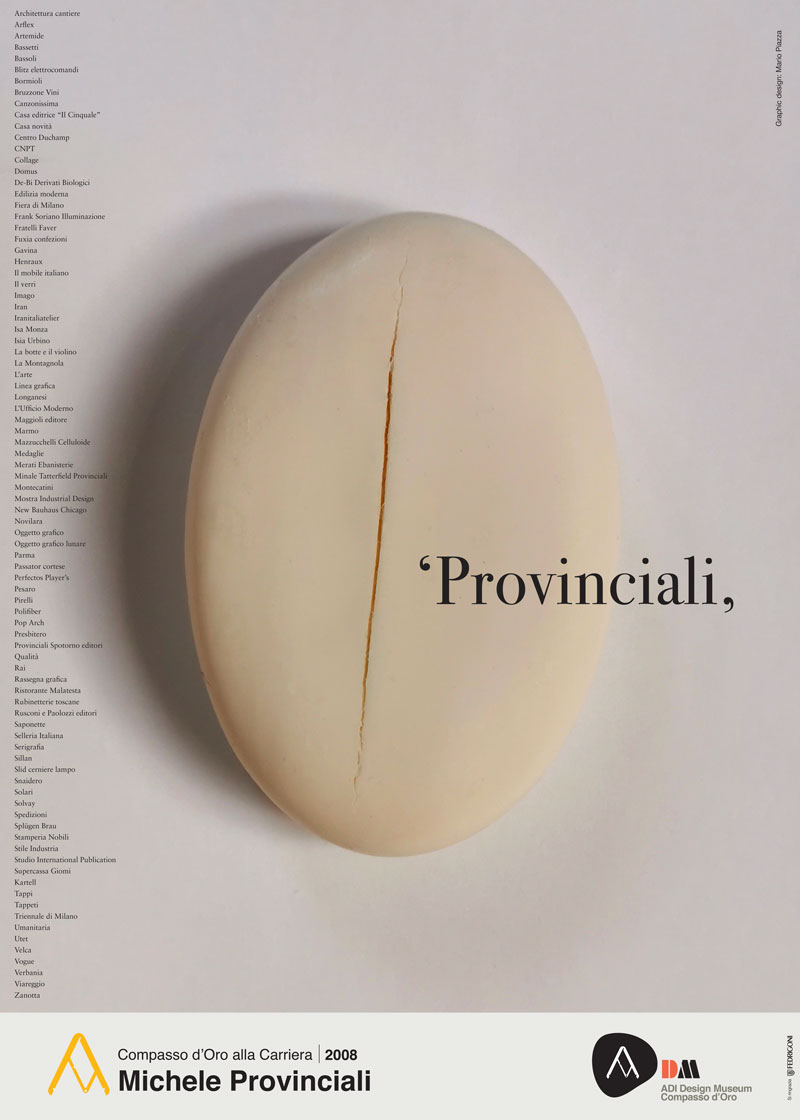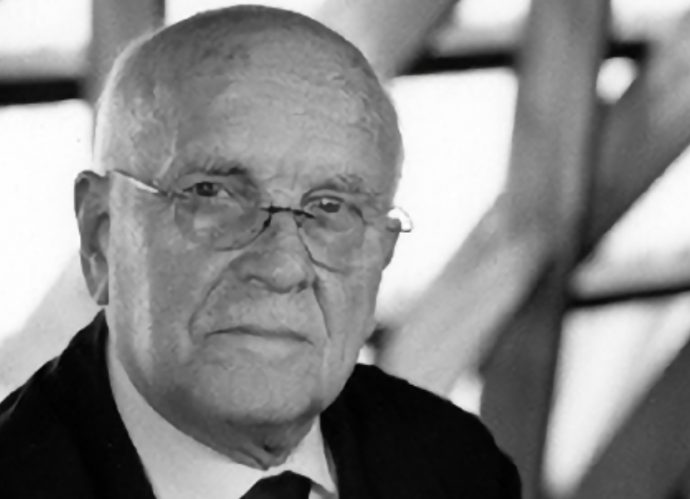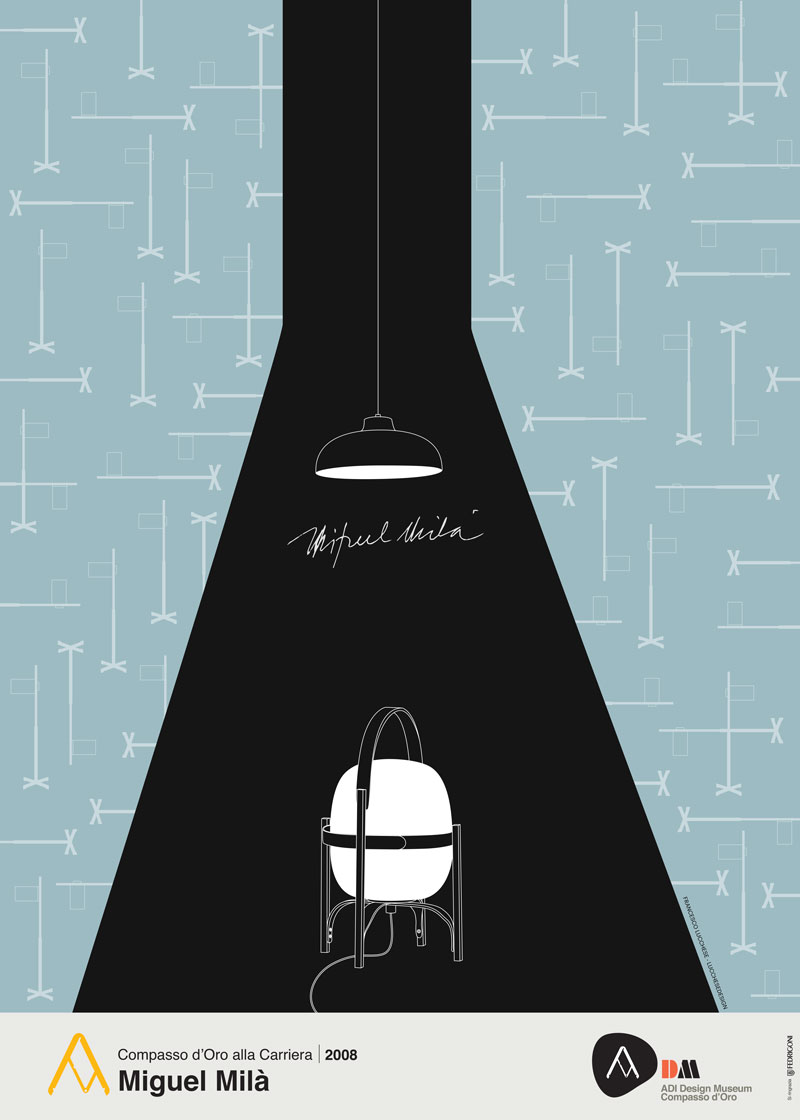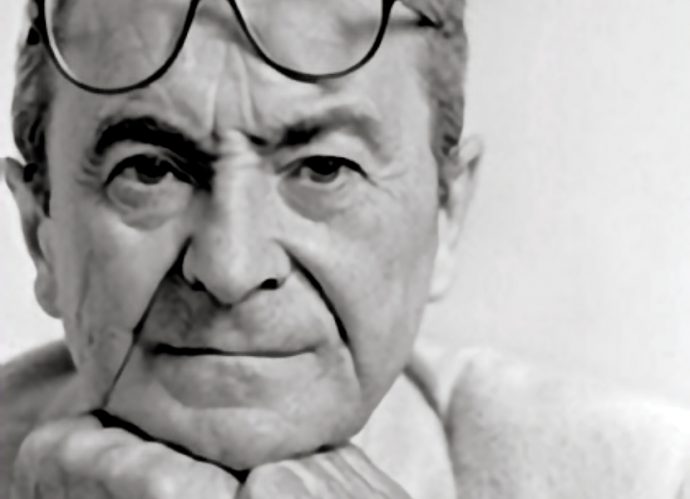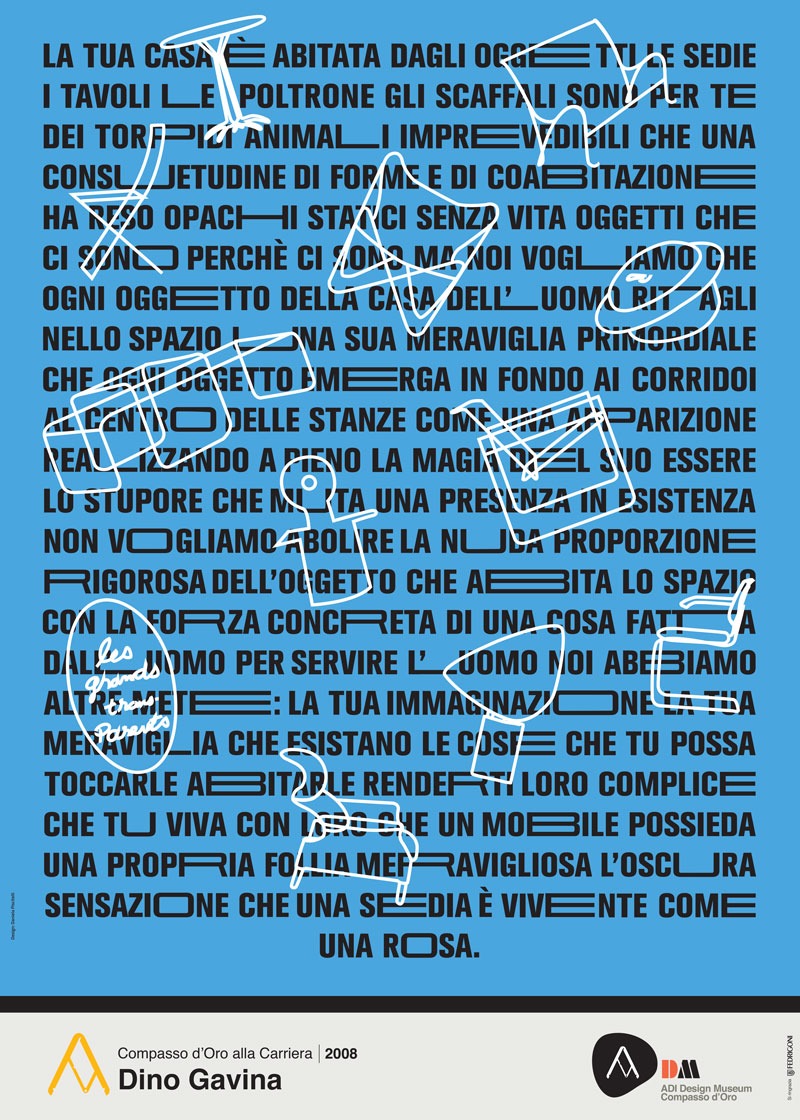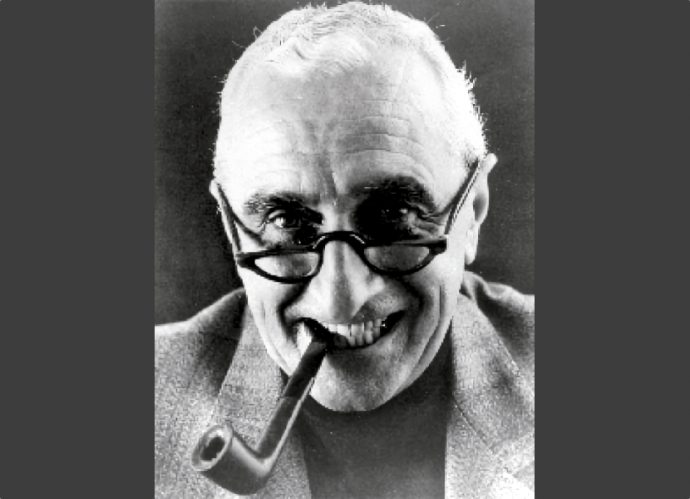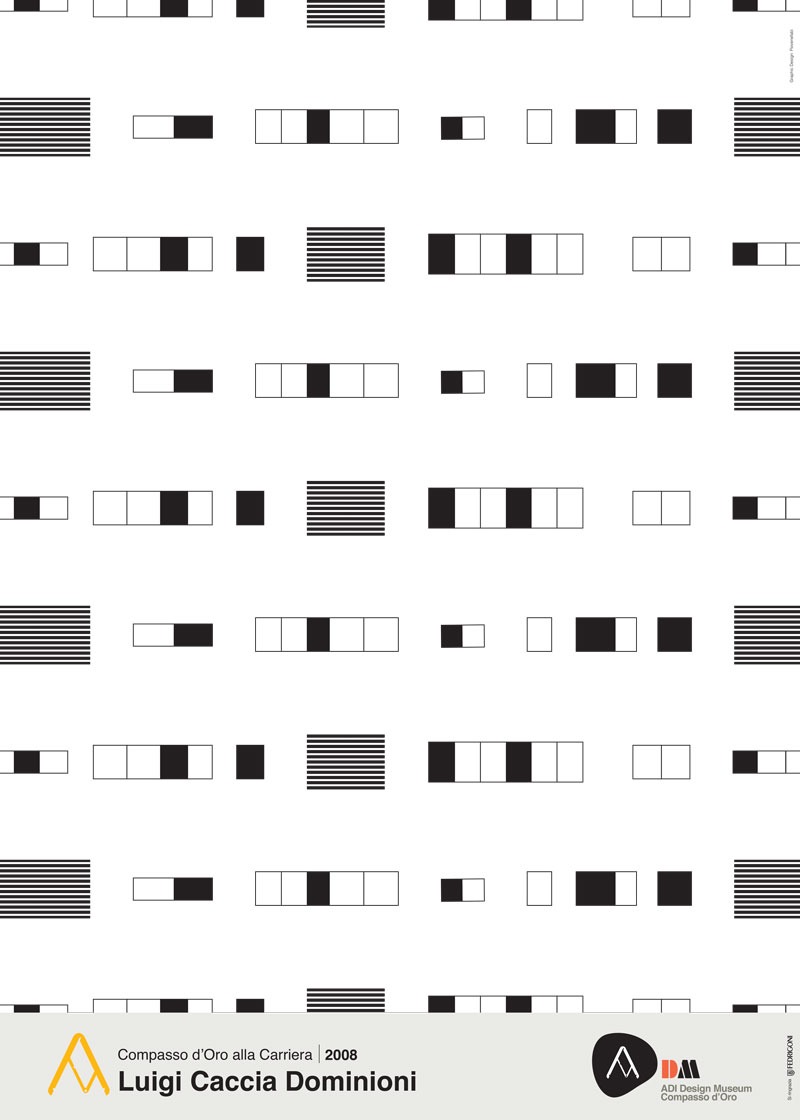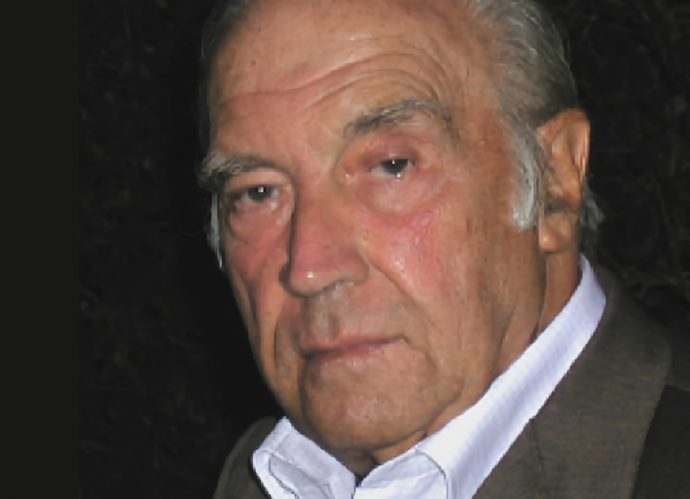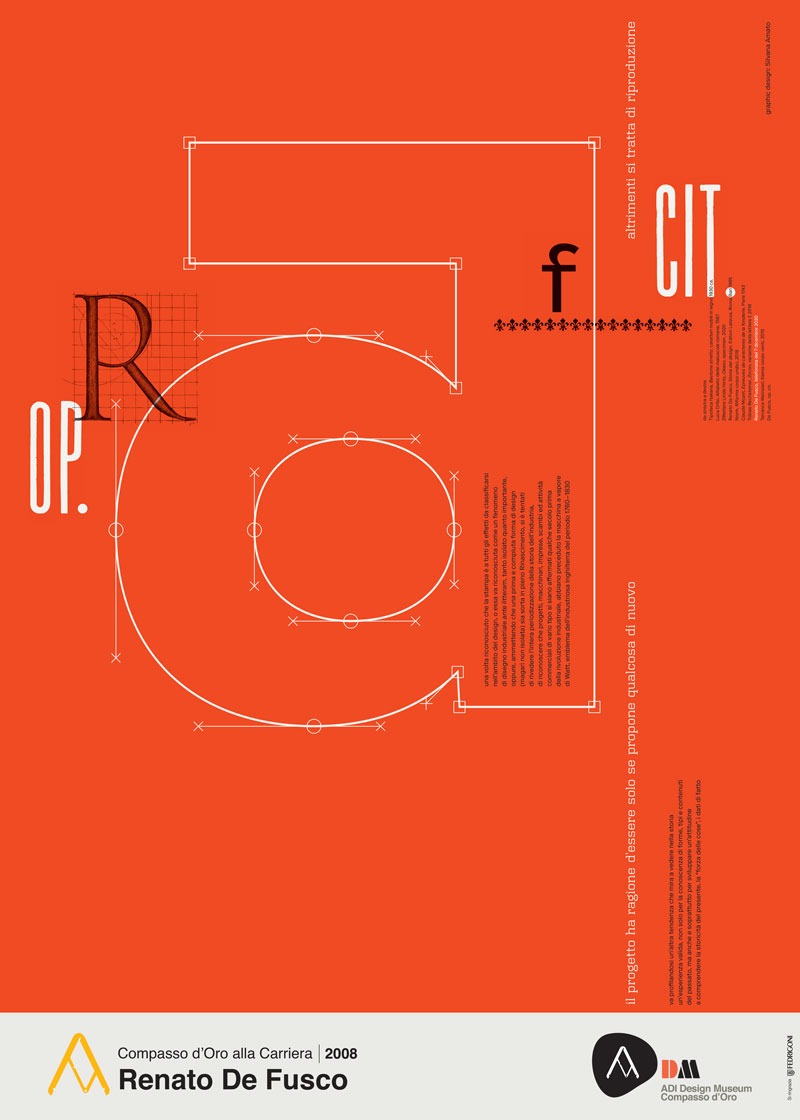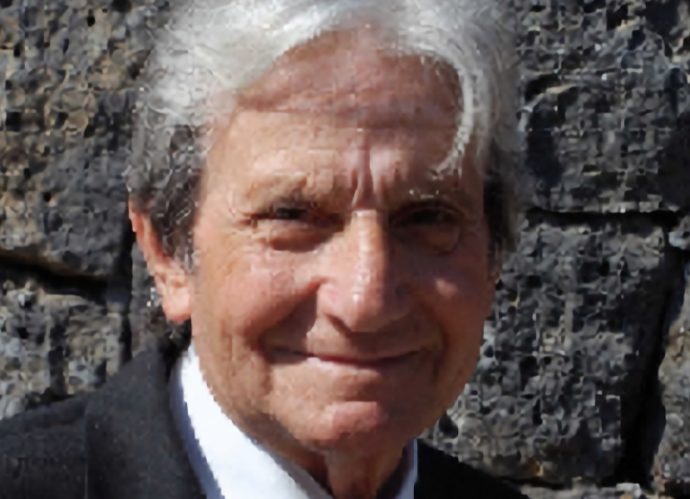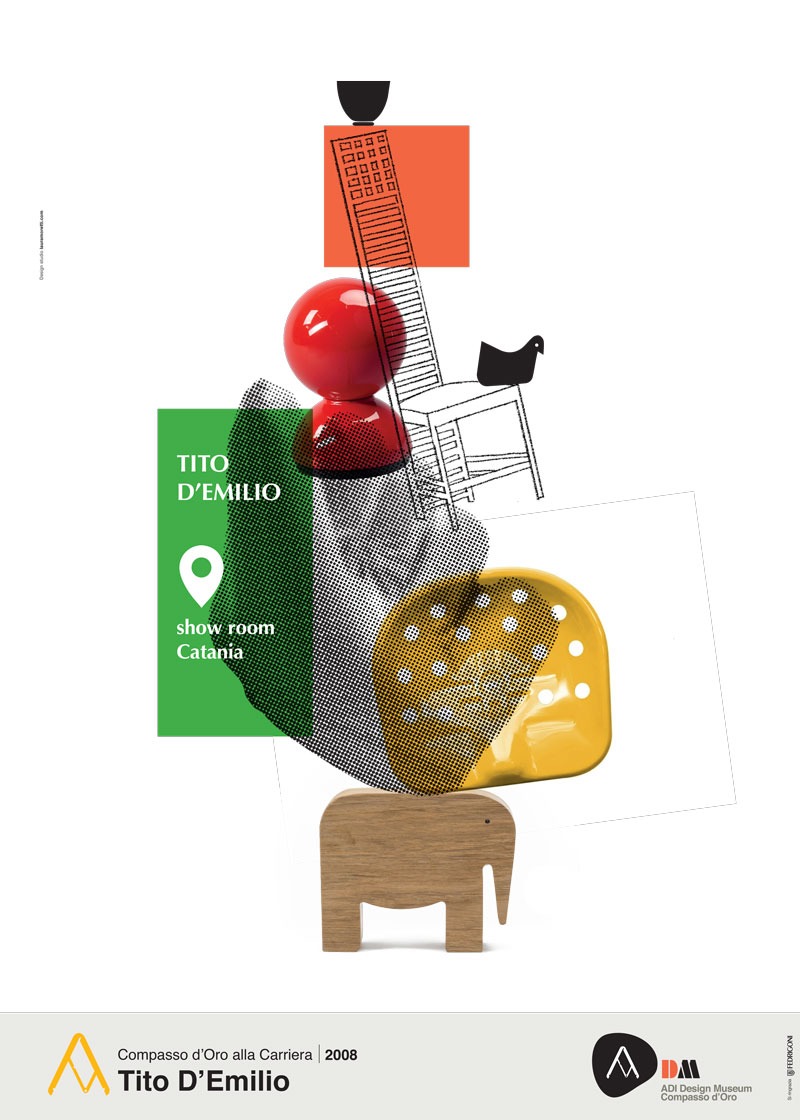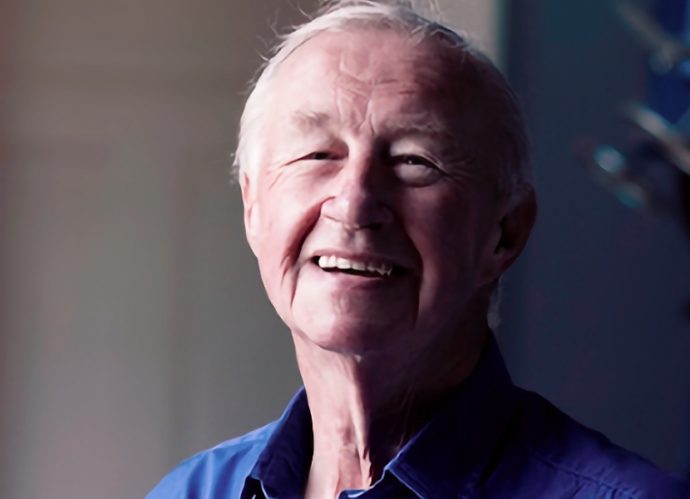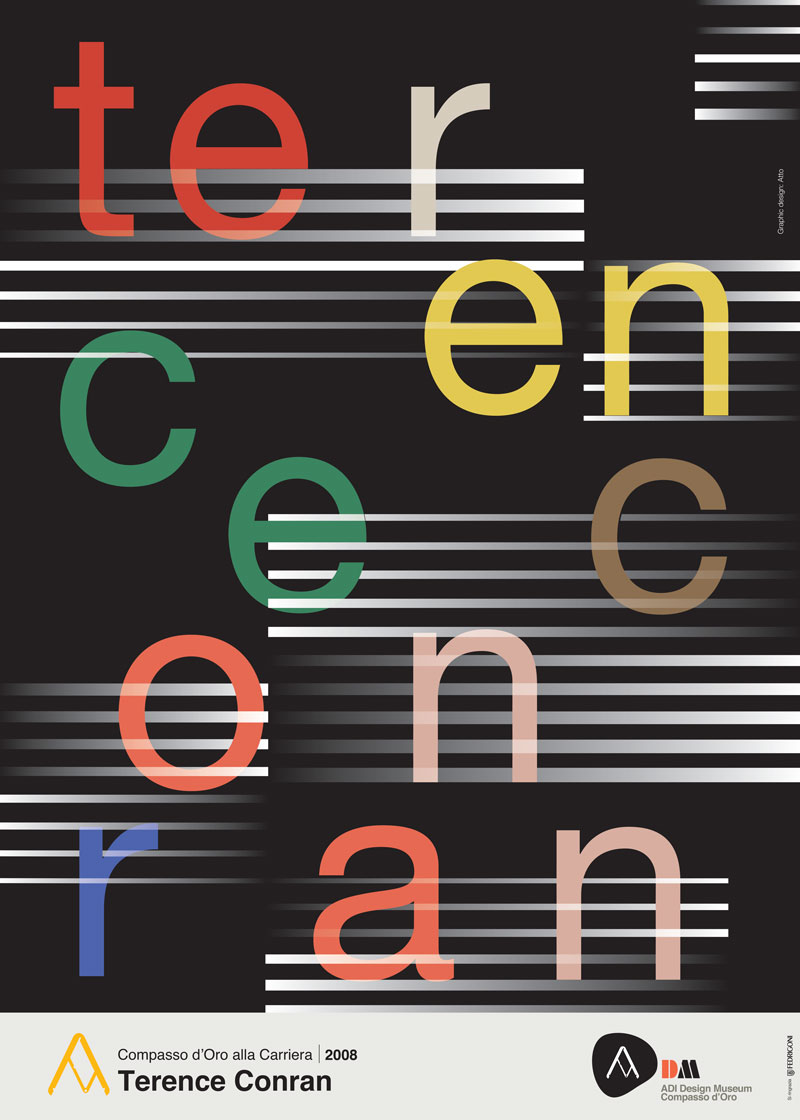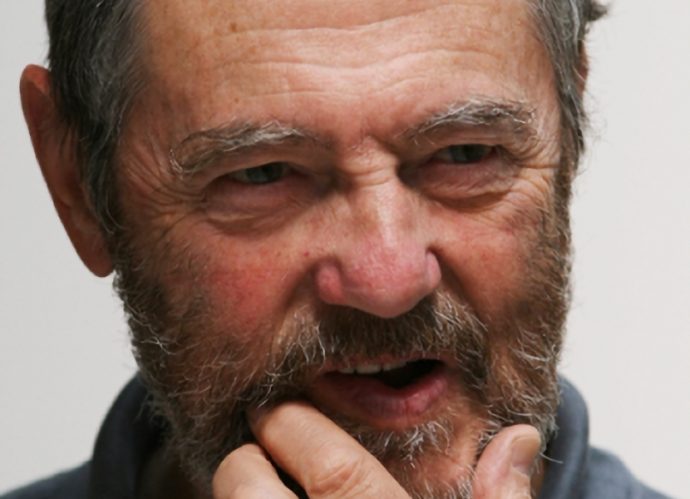
An architect in the most cultured sense of the term but also a prolific designer during a long association with Afra Bianchin, he has designed some of the most representative icons of Italian design. His attention to production processes, technological and formal innovation and, above all, his continuous and passionate research aimed at reinventing the use of materials, have become a significant part of the recognizability of Italian design. In his work, tradition and innovation are welded together in one of the finest and most coherent lessons onf method and creative freedom.
